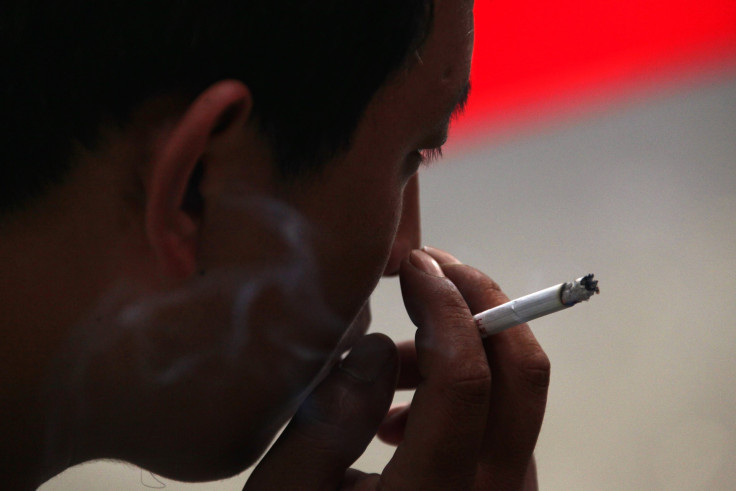What Is ‘Healthy’ Smoker's Lung? Researchers Investigate Why It Protects Some People From Tobacco's Harms

Typically, the difference between a smoker’s lung and a non-smoker’s lung is drastic. The former is often black with tar, weighed down with damage while a healthy person’s lung is pink, porous, and functional.
But a small group of smokers have a unique case: Despite smoking, their lungs can remain healthy and normal. New research out of the Medical Research Council in the UK has examined this phenomenon by reviewing data on over 50,000 people whose mutations in their DNA ended up boosting their lung function and protecting them from smoking. It’s referred to as “healthy” smoker's lung.
The researchers focused primarily on chronic obstructive pulmonary disease (COPD) and how it was impacted by smoking. They found that COPD was more common among smokers than it was among non-smokers. But a sub-group of smokers who had a certain set of DNA were somehow less likely to develop COPD; they were protected, in a way, by “good genes.”
“These results provide new insight into the specific mechanisms underlying airflow obstruction, COPD, and tobacco addiction, and show substantial shared genetic architecture underlying airflow obstruction across individuals, irrespective of smoking behavior and other airway disease,” the authors wrote.
However, even smokers with the protective DNA eventually developed damaged lungs. “There doesn’t appear to be any kind of magic bullet that would give anyone guaranteed protection against tobacco smoke — they would still have lungs that were unhealthier than they would be had they been a non-smoker,” Professor Martin Tobin of the University of Leicester, an author of the study, told the BBC. “The strongest thing that people can do to affect their future health in terms of COPD and also smoking-related diseases like cancer and heart disease is to stop smoking.”
The researchers believe that the study might help pave the way for future smoking treatments. But until then, the best way to avoid COPD and other smoking-related diseases is to simply stop smoking and avoid secondhand smoke.
“These findings represent a significant step forward in helping us achieve a clearer picture about the fascinating and intricate reality of lung health,” Ian Jarrold, head of research at the British Lung Foundation, told the BBC. “Understanding genetic predisposition is essential in not only helping us develop new treatments for people with lung disease but also in teaching otherwise healthy people how to better take care of their lungs.”
Source: Wain L, Shrine N, Miller S, Jackson V, Ntalla I, Artigas M. Novel insights into the genetics of smoking behavior, lung function, and chronic obstructive pulmonary disease (UK BiLEVE): a genetic association study in UK Biobank. The Lancet Respiratory Medicine. 2015.



























